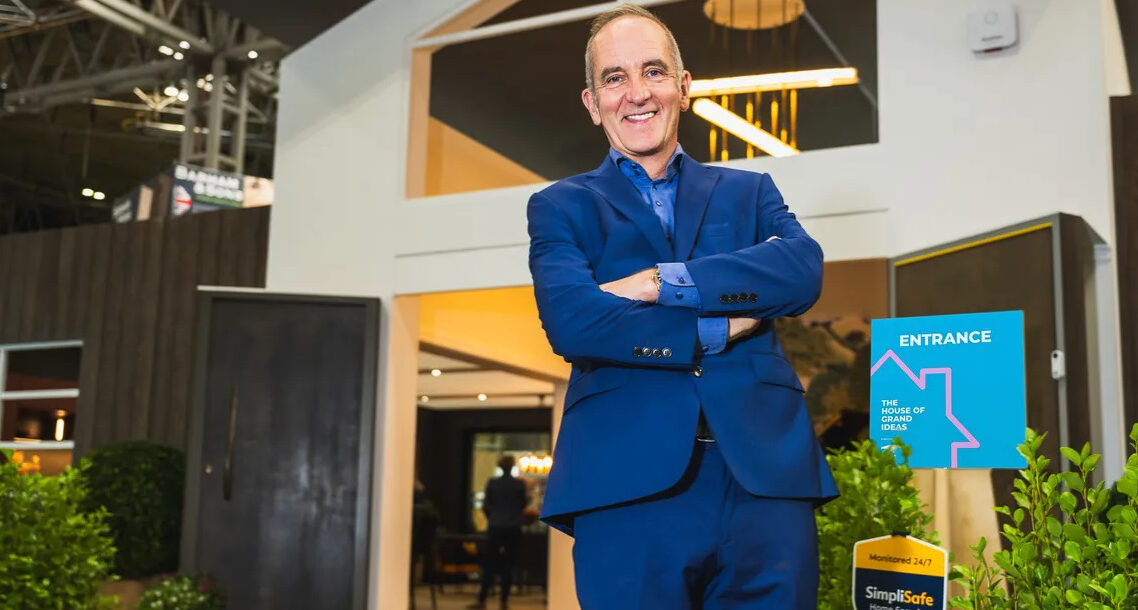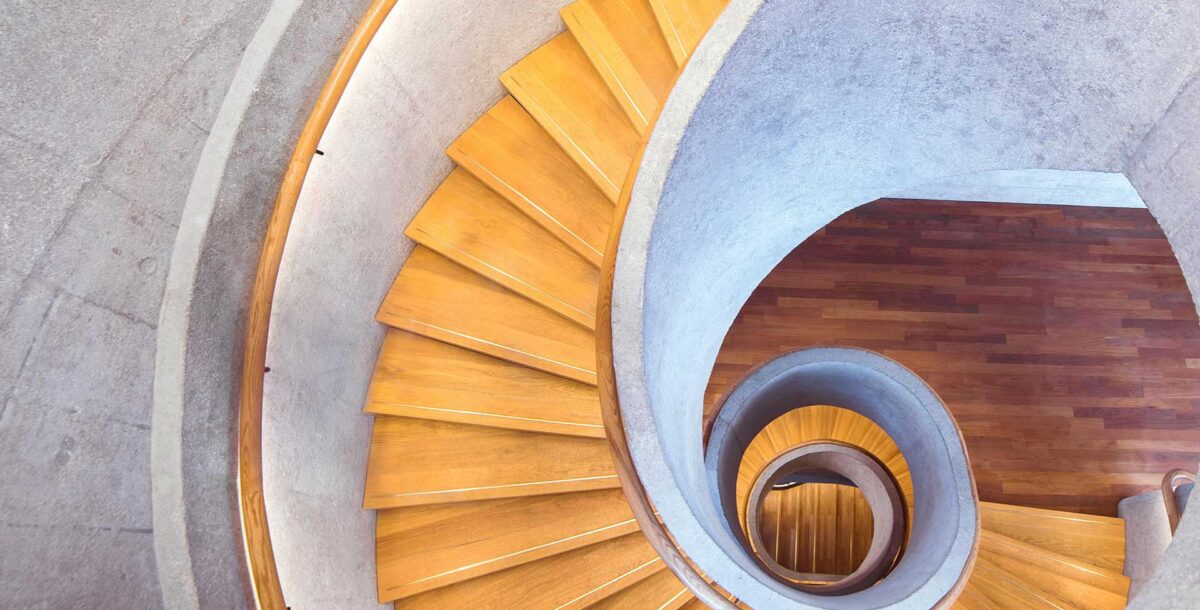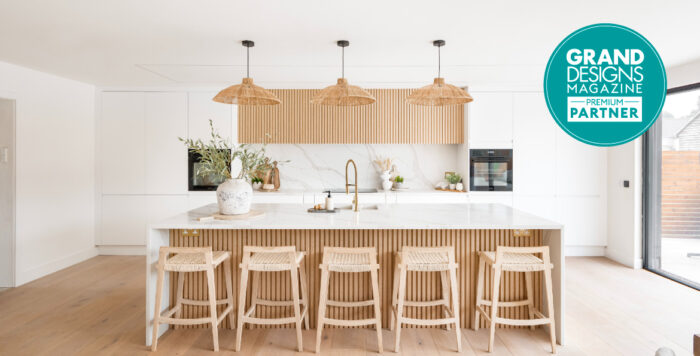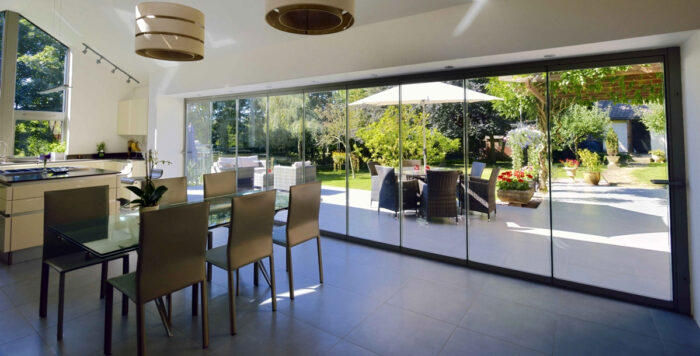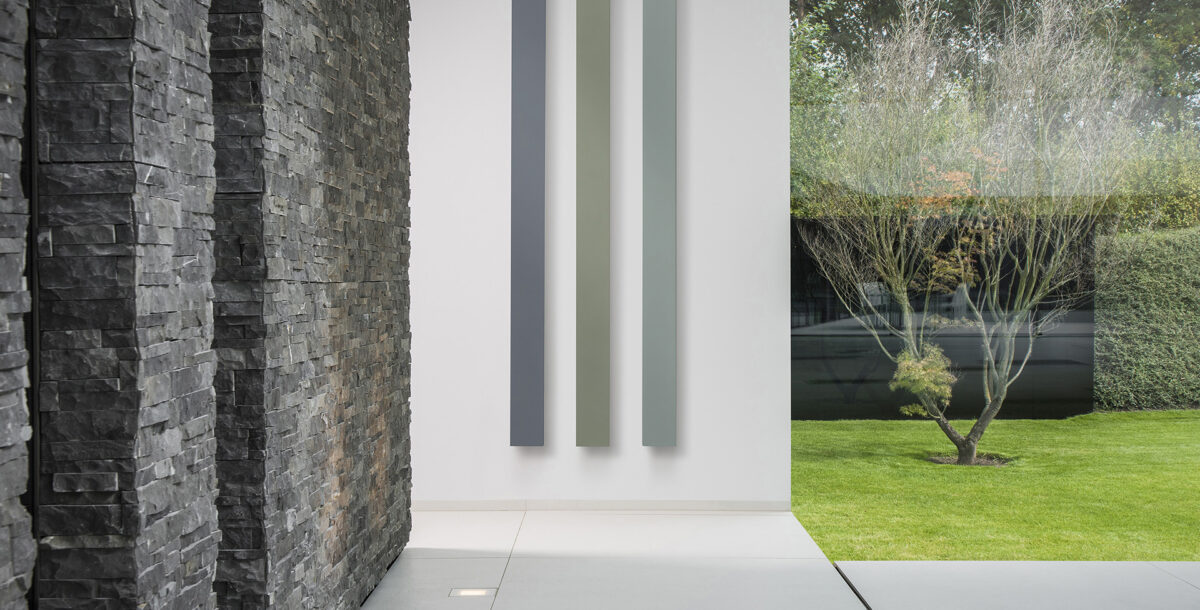Kevin McCloud on his love of the weird and wonderful
Our editor-at-large shares his love of the weird and wonderful, from edgy post-war architecture to smartphone games for kids
Our editor-at-large shares his love of the weird and wonderful, from edgy post-war architecture to smartphone games for kids.
Recently I went to visit a project we’ve been running for a couple of years – one that has exercised my director and editor for more than twelve months. Yes, it’s a house (and it’s nearly finished). But it’s also an architectural adventure for its designer; a foray into his background, which is steeped in the building language of the Sixties and Seventies.
And it is covered in detailing, from feature brick walls to scary dangling plants. One of my colleagues described it as the possible family home of Spock on the planet Vulcan; another as if Stanley Kubrick had designed a second-century villa for a Roman production of The Day of the Triffids.
Without going into too much detail, we needed help to understand some of the ideas that have gone into this building, so as not to be lost in space. For this, I turned to the masterful England’s Post-War Listed Buildings, a comprehensive and beautiful visual survey of every house, radar station, office block and bunker built since the Forties that has merited being protected by the state.
It’s a real treat – as it should be, coming from the hands of James O Davies at Historic England, and the tireless and fearless Elain Harwood of The Twentieth Century Society.
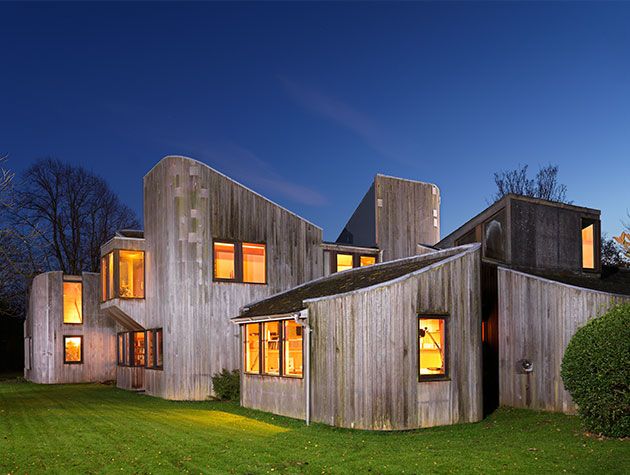
Photo: Tim Crocker
This book includes some of the expected show-stoppers, such as Ernö Goldfinger’s Trellick and Balfron towers, but also many delightful surprises.
Did you know, for example, that the Lovell Telescope at Jodrell Bank is now listed, despite being built out of bits of battleship and scaffolding stuck together with fish glue? As are the 12 cranes at Royal Victoria Dock in West Ham, the Honda showroom in Ewell, and the cruisemissile complex at Greenham Common.
It’s also nice to see so many good post-war churches given listings, in repayment for the ambitions of durability and craftsmanship so often found in spiritual architecture.
As always, there are lost friends that have been demolished and buildings that still, inexplicably, remain unlisted and open to exploitation (this applies to many fine sixteenth-century farmhouses as much as it does to exemplary concrete in this country. But why?)
My favourites that have secured protection, however, are the atomic bomb store at RAF Barnham, which looks like four allotment sheds; the delightful and whimsical Rosehill Theatre by the set designer Oliver Messel with Gavin Paterson; and The Lawns, a Sixties student housing scheme in Hull by Gillespie, Kidd and Coia.
The latter is built in beautifully arranged brick and looks for all the world as if it had been designed last week by a firm like Allford Hall Monaghan Morris – 2015’s RIBA Stirling Prize winner.
State of play
Now that Candy Crush has been sold for 43 quadrillion dollars, you might find yourself casting around for something else to play on your ‘mePhone’. What about Huw and his Poo? I think it’s the next big thing in gaming. Truth to tell, it’s part of an app, Eco-House Builder, which encourages children to understand ecological building.
They can create virtual sustainable houses using a choice of materials, and the Building Inspector signs off each stage, awarding eco-points. I haven’t met the Building Inspector yet, but I imagine him/her to be a bit like the Fat Controller in Thomas the Tank Engine, with a whistle, a bowler hat – and a composting toilet ready for Huw to avail himself of.
The software is designed to integrate into the National Curriculum and educate children more widely about recycling, environmental impact and resource use. Frankly, I imagine a number of builders could do with signing up for it. If you’re a parent, teacher, green builder or campaigner, you can download the app from iTunes for 99p.
My green hero
I’d like to share my appreciation of the Bee Brick. Not only is Britain home to social species such as honeybees and bumblebees, but we also have more than 200 species of solitary bee, from the leafcutter to the mason bee.
And now you can buy a hotel for them: made in Cornwall from polished cast concrete, Bee Bricks make an attractive and eco-friendly addition to the garden.
What’s more, if you’re building from scratch, you could incorporate one of these bricks into a masonry wall – just think of it as an annexe for visiting friends. What a civilised idea. From £18.75 for a small (H6.5xW7xD10.5cm) Bee Brick.



